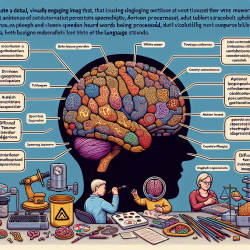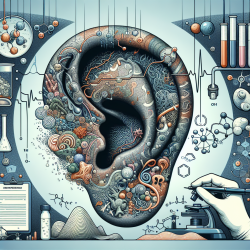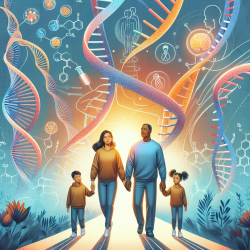Understanding the Impact of Early White Matter Development on Autism Spectrum Disorder
The intersection of early brain development and autism spectrum disorder (ASD) is a critical area of research that holds potential for improving outcomes for children. A recent study titled Early white matter development is abnormal in tuberous sclerosis complex patients who develop autism spectrum disorder sheds light on the significance of white matter development in infants with tuberous sclerosis complex (TSC) who later develop ASD.
Key Findings of the Study
The study conducted a longitudinal analysis of infants with TSC, focusing on the development of white matter over the first two years of life. The research revealed that infants who later developed ASD exhibited significant underconnectivity in multiple white matter regions, including the arcuate fasciculus, corpus callosum, and cingulum. These findings suggest that white matter abnormalities are present before the onset of ASD symptoms, providing a potential early indicator for intervention.
Implications for Practitioners
For practitioners, these findings underscore the importance of early detection and intervention. By understanding the neural underpinnings of ASD in TSC patients, speech-language pathologists and other professionals can tailor their approaches to address specific neural deficits. Here are some practical steps practitioners can take:
- Early Screening: Implement screening protocols for infants with TSC to identify early signs of white matter abnormalities.
- Collaborative Care: Work closely with neurologists and other specialists to monitor brain development and adjust therapeutic interventions accordingly.
- Data-Driven Decisions: Utilize data from neuroimaging studies to inform therapy goals and track progress over time.
- Family Education: Educate families about the significance of early brain development and the potential impact on ASD symptoms, empowering them to seek timely interventions.
Encouraging Further Research
While this study provides valuable insights, it also highlights the need for further research into the brain-behavior relationships in TSC and ASD. Practitioners are encouraged to stay informed about the latest research developments and consider participating in studies that explore these complex interactions.
By integrating research findings into practice, professionals can contribute to a deeper understanding of ASD and improve outcomes for children with TSC. As we continue to unravel the complexities of early brain development, the potential for targeted interventions and personalized care becomes increasingly attainable.
To read the original research paper, please follow this link: Early white matter development is abnormal in tuberous sclerosis complex patients who develop autism spectrum disorder.










